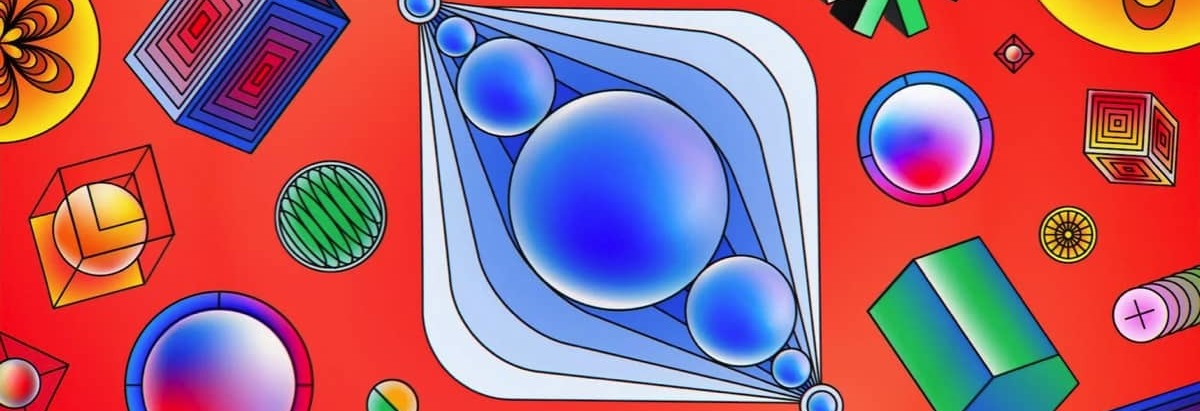How could AI affect printed media in 2024?
Posted on 11th December 2023
Despite the recent leadership controversy at OpenAI, parent company to ChatGPT, artificial intelligence (AI) remains a force for change.
Like many other sectors, print media including newspapers, magazines, and books, are preparing for new challenges and opportunities. Content creation is an obvious area where AI can speed up preparation with human-like text. However, AI’s biggest advantage is also its greatest limitation. It can collect and review a lot of data to answer the questions you ask. It won’t answer questions you don’t ask or create anything new on its own. That’s why print professionals will continue to use it with discretion.
Personalisation
Combined with machine learning (ML) AI can help create personalised printed content in new ways. ML can analyse reader behaviour, preferences, and reading habits and tailor new content based on these patterns. This is a major step forward from basic names, addresses and simple fields in traditional direct mail, for example. It improves your reader’s experience, increases engagement and builds loyalty. However, using existing behaviour won’t introduce new ideas and content to your customers without some creative input from you. AI can’t replace human creativity, critical thinking or emotional intelligence.
Advertising
AI also has potential to transform print advertising by automatically analysing large amounts of data. It can provide useful insights about patterns and trends in near real time, helping to improve design and content. This added precision can help you create more effective advertising campaigns and increase return on investment.
News
AI tools can be useful to check the accuracy of news content which is an ongoing concern in the age of ‘fake’ news. Printed content is already seen as more trustworthy by many readers and AI can help build confidence in its quality. Originating news content will still need human research and analysis to verify the facts and identify the stories behind them. Maintaining writing and editorial talent must remain a top priority to keep audiences engaged.
Creativity
Sometimes we can all run out of good ideas and AI can provide inspiration. McDonald’s asked ChatGPT to name the most iconic burger in the world. It ran a whole campaign based on the answer – Big Mac. Coca-Cola invited digital artists to generate versions of its famous brand using the chatbot. While AI is new and exciting, simply using it to generate content will interest people. However, AI can make mistakes. In fact, Cambridge Dictionary’s word of the year for 2023 is ‘hallucinate’. It’s not referring to a mirage in the desert but to the times when AI produces false information.
This has alarmed many advertisers who are also aware of the problems associated with intellectual property. Using AI ethically will be a challenge for several years to come. In the meantime, some advertisers are ready to have some fun. An agency creating a campaign for Kit Kat in Australia used AI to generate intentionally clumsy text and images. The tagline was ‘AI made this ad so we could have a break’.
Speak with our friendly human team about how print advertising can help showcase your products and services, with or without the help of AI.
Share this post:






